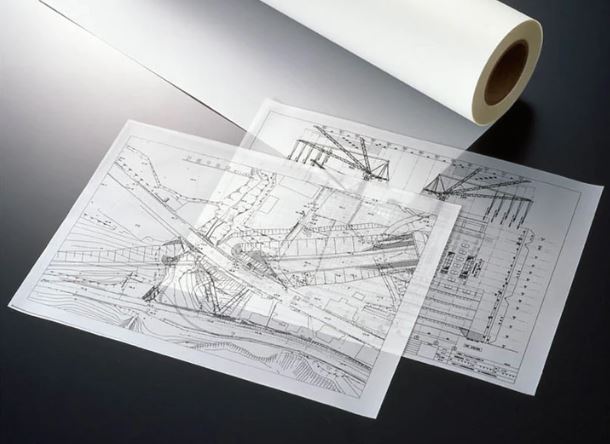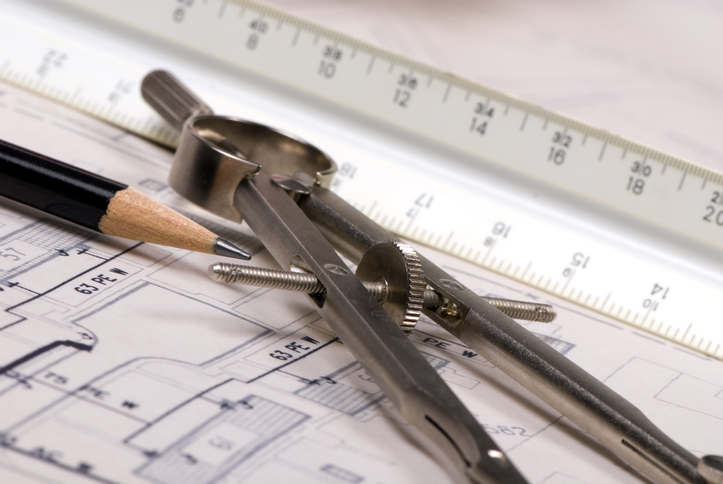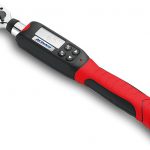Mylar plans refer to polyester films that serve in documenting building designs or other design drawings. In this article, we discuss Mylar plans, how to create them, alternatives to using Mylar plans, and guidelines for submitting them to regulatory authorities.
Mylar Plans
The name “Mylar” is a brand name for a type of polyester film from stretched polyethylene terephthalate (PET). Other brands of this type of material include Melinex and Hostaphan. Mylar plans have been a mainstay over the years for documenting engineering and construction drawings because of their long-term stability. Unlike paper, Mylar does not degrade easily, so it maintains drawing accuracy of the drawing on it over a lengthy period. Other attributes that make Mylar attractive include:
- Transparency: Improves the clarity of drawings and dimensions. Also, upon the conclusion of the work, placing it on a variety of colored backgrounds gives different effects.
- High tensile strength: Makes the plans tear-resistant.
- Chemical stability: It is inert, so a variety of inks and paints can be applied. In addition, this makes it ideal for archival data storage.
- Flexibility: It is possible to draw on both sides to create both spatial and color effects. In addition, erasing the ink is much easier in comparison to paper.

How to Create Mylar Plans
This section provides a brief overview of the process of making this plastic material.
Steps in Making Mylar
The attributes of Mylar make it not only ideal for drawing, but also for making flexible packaging, protective coatings, and decoration. Production steps are as follows:
- Extrude molten PET as a thin film on a cool surface such as a roller.
- Draw the film biaxially using heated rollers until arriving at the set thickness. Usually, the film is drawn first in one direction, then in the transverse direction. The final thickness of the film is determined by this process, so it needs to be carried out carefully.
- After arriving at the set thickness, hold it in tension and heat set it above 392 °F (200 °C). If the film is for decoration purposes, then make vapor depositions of color on it before cooling.
Designing on Mylar
Creating Mylar plans involves either drawing directly on it or transferring an existing design to it by tracing. Because of its higher cost and better suitability for long-term storage, the latter is the case in most plans. Designs are first put on paper, then after confirming their accuracy, it is transferred to Mylar. The following tips are useful during this process:
- Fasten the Mylar to the paper plan to avoid relative movement when tracing begins.
- From time to time, place a piece of white or gray paper behind the Mylar plan to see the progress of the design. This will help identify areas where there is a need to fill in.
- If using ink that does not dry quickly, start tracing from the middle of the diagram and progress to the sides. This helps prevent smudging the ink on the Mylar plan.
- To create special effects such as brightening colors and perspective changes, make designs on both sides of the surface. For example, shading can be done at the back while coloring in front.
Alternative to Mylar Plans
Although the use of Mylar plans offers clear benefits, reasons exist to utilize an alternative. The two main alternatives are paper copies and digital copies.
Paper Copies
Paper copies provide the default way of producing construction and engineering plans. They supplied the go-to option for years until the development of alternative hardcopies such as Mylars. Nevertheless, they generally provide the best short-term option. Due to their low cost, they are preferable whenever archiving of the design is not necessary.
Often, designs are first put on paper, then after several modifications, engineers transfer the final plan to Mylar. Susceptibility to damage from water and chemicals, and difficulty in erasing amongst other shortcomings make paper less attractive for long-term storage.
Digital Copies
Digital copies have become popular for plans with the advancement of CAD programs, especially 3D modeling. Although Mylar plans are good for archiving, they eventually deteriorate. Also, as the number of plans grows, the need for more physical storage space increases. All these shortcomings are not present in digital copies which can easily store thousands of documents within a small computer.
Using storage technologies such as the Cloud, access to plans can be from anywhere and changes to the design can be collaborative. As a result, most organizations are transferring their Mylar plans into CAD format by scanning them. In aerospace applications, many plans do not include dimensions, which could be problematic. This is because old Mylar plans which have been subject to extreme temperatures may shrink, leading to a loss of accuracy. The general requirement for a transfer is to maintain a tolerance of +/-.005” over any 10” area for digitally scanned files.

Guide for Jurisdictions using Mylar Plans
Mylar plans remain the best physical submittal, especially in municipalities that are yet to have good electronic processing and storage facilities. Even if electronic storage is available, the physical plan offers a good backup considering the cyber-attacks. The guidelines governing the submittal process vary according to the municipality, but to have a glimpse of how they operate, this section reviews plan compliance in regard to Houston, TX.
Mylar Plan Requirements in Houston
There are several requirements when making a submittal of Mylar plans to Houston Public Works, which include:
- Check the plan with reviewers to know if there is a need for other approvals such as:
- Approval from Floodplain Management Office.
- The need for railroad agreements or any approvals from Metro, TxDOT, pipeline crossings, or any private utilities.
- Utility easements.
- The submittal shall be a complete set of plans on Mylar that have the following:
- A clean and clear Texas professional engineer’s seal that is stamped or digital. Also, it should have a legible signature of the engineer that does not cover the license holder’s name or license number.
- The consultant firm’s number.
- Correct title block, format, and scales.
- Project location map and site plan that shows its location.
- The correct signature block and block size for drawing stamp.
- A 6” by 4” space for the permit stamp on the cover sheet.
- If applicable, hard copies of documents such as WCR letter, storm availability letter, and encroachment agreement should be submitted alongside to facilitate approval.
- In addition, the submittal should include all previous plan review markup sets.
- Finally, put Mylar plans together using rubber bands. Do not use tape or sticky backing.



